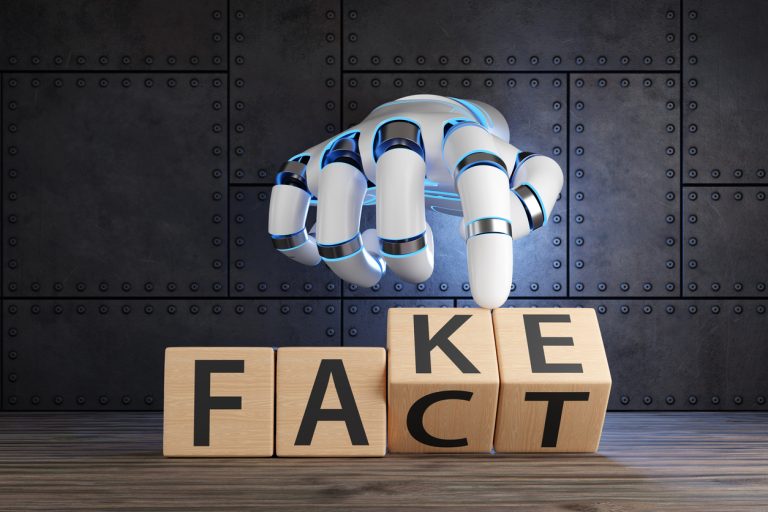 Why you shouldn’t start with others when it comes to risk
Why you shouldn’t start with others when it comes to risk
Our focus within the Risk Vortex series is with the people at the centre. We have studied the importance of predispositions and environmental impacts. We’ve spent a good amount of time looking at a person’s “risk cocktail.”
When it comes to understanding risk, it is important to examine and understand one’s self before we can understand others. You need to be in tune with your own values, beliefs, predispositions, and biases. Yes – biases. You may think the word bias carries a negative connotation, but they are intrinsic in all of us and we all have to face them.
Our environments, experiences, and relationships have significantly influenced our worldviews and continue to shape how we interpret situations and interact on a daily basis, not to mention our personal appetite for risk.
How to Understand Yourself
Let’s do an exercise. Remember that this is a safe zone and that you are the only one involved. Nobody else needs to know your answers, so be as honest and straightforward with yourself as possible. You’ll get more value from this if you don’t hold back.
- Take a deep, deliberate breath and think about your predisposition – the whole of you. Everything you’ve learned from your life experiences, and the values and beliefs that drive you.
- Try to recall some stressful moments from your past.
- How did you manage those moments? How do you currently manage similar stressful situations? What stress level is “normal” for you?
- Now bring your thoughts back to today – this very moment. How near are you to your maximum stress level? What sort of mindset do you have today? Are you experiencing anxiety, whether due to work or personal issues? Or are you energised and positive?
Knowing what is normal for you is a great way to centre yourself and to practice self-awareness. Take some time to find that centre and then we can move forward with the exercise.
Think about a moment that somebody else said or did something that rattled you internally. Maybe you became angry, overwhelmed, anxious, or upset. Even if you kept your cool on the surface, perhaps your mind or heart started racing, and you felt an explosion of sorts on the inside. Maybe you even felt personally attacked.
Think about how you felt in that moment and answer the following questions:
- Where were you? Home, work, elsewhere?
- What did the situation strike in you?
- Where were you? Home, work, elsewhere?
- What did the situation strike in you?
- Was it difficult to move past this situation internally? In other words, did it stay on your mind for hours or even days? Did you find it challenging to interact with this person in future endeavours?
What you felt was a trigger being pulled that relates to your predisposition (who you are as a person), as we have discussed in the previous two blogs of the Risk Vortex series.
Next comes the onset, an almost instinctive “go” or “no go” to the situation. This is the starting point, the expression of changes in behaviours and attitudes.
- “No go” The incident might have caused stress or negative feelings, but you moved past it.
- “Go” This is either an observable expression or a concealed one. It can be observed immediately or delayed.
If your situation ended in a go, did that lead to a subsequent escalation – perhaps an outburst? What was the expression that related to this escalation? Was there an over-reaction, considering the circumstances? Keep in mind that not all expressions are observable immediately; they could be concealed.
Think of your example through the lens of our previous Russian Roulette analogy.
Remember, in that analogy, everyone is a revolver (predisposition) and everyone has ammunition (stressors) that can be loaded into that revolver before their trigger is pulled.
In your situation or incident, it caused the “trigger” to be pulled and it came down to whether or not there was ammunition in the chamber. Was there? If so – going back to the earlier question – what was it that caused the expression? Did the situation touch on something important to you – your sense of worth perhaps? Or did it happen because you reached your stress capacity – “the straw that broke the camel’s back”?
Most people can relate to this thought process. When you look back to evaluate your situation, you can start to see why you reacted the way you did, and what led to you being in that position.
Where was the risk?
If your situation commenced with what felt like an attack on you, then it is important to note that there was a vital transition in risk here. It started as ‘risk to a person’- you- when you felt threatened or attacked during the incident. However, depending on your reaction (e.g. an angry outburst), the intensity of the reaction, and the type of expression, this may very well be transitioning to ‘risk by a person’, with you being that person.
Think back to our analogy and consider the next question – who felt the impact of your expression? In other words, who ended up being the target?
Evaluation
So, why did you act in the way that you did? You might say that you were retaliating or responding to an attack. People can react differently to an attack, and again a person’s predisposition comes into play. Though the typical response to a threat would fall under one of the 3F’s (freeze, flee, or fight).
Step back and think about your response. Was it a measured response, or do you feel that it might have been excessive? If the situation happened at work, consider if it is the type of response that you want to see from employees in similar situations. Did your response align with the culture that you want to create?
By chance was your response confrontational at all? I only mention this because you may be in an industry where these sorts of confrontations are commonplace and even encouraged. Certain jobs require a certain amount of grit. But if this is acceptable behaviour in your workplace, you need to be sure to recruit the right people. Your employees will need to have a compatible predisposition to succeed, or at bare minimum, not be harmed by the work environment.
Where it started
Now that you have gained insight into how the model can be applied, using yourself as the example, let’s go back to the original moment when your trigger was pulled. Now apply the model to the other person. Walk in their shoes for a moment. Is there something in their environment that posed a ‘risk to a person,’ – that is, a risk to them? Can you identify the stressor (ammunition) or the trigger that led to the onset and expression that you witnessed?
The Unearth Core Risk Model allows you to view each situation differently and to take a moment to pause and draw on what we have shared. This gives you an opportunity to leverage the principles of the model to explore people, situations, and risk from a different perspective.
This Risk Vortex series is only the beginning of learning how to apply these principles in all of your interactions. It doesn’t just apply to work – it can be applied across all relationships.
If you are a leader who believes in putting your people first, this model can help you identify areas of risk within your organisation. A people-centric focus can help you “find reward in risk” and create “safe to succeed” environments. It is only when people feel safe to fail that they also feel safe to succeed.
Now that you have read through our Risk Vortex series, we encourage you to provide thoughts and feedback. In fact, I challenge you to apply the principles of the model over the coming weeks and tell us what you find. What have you got to lose?!
If you have found value in what we have shared, feel free to check out other blogs by the Unearth team and subscribe to our Newsletter. And if interested in the book ‘Risk Starts and Ends with People’ being released mid-2021 then feel free to reach out to learn more or share your thoughts on the blog or any information we have provided, we would welcome hearing from you through hello@unearth.com.au




